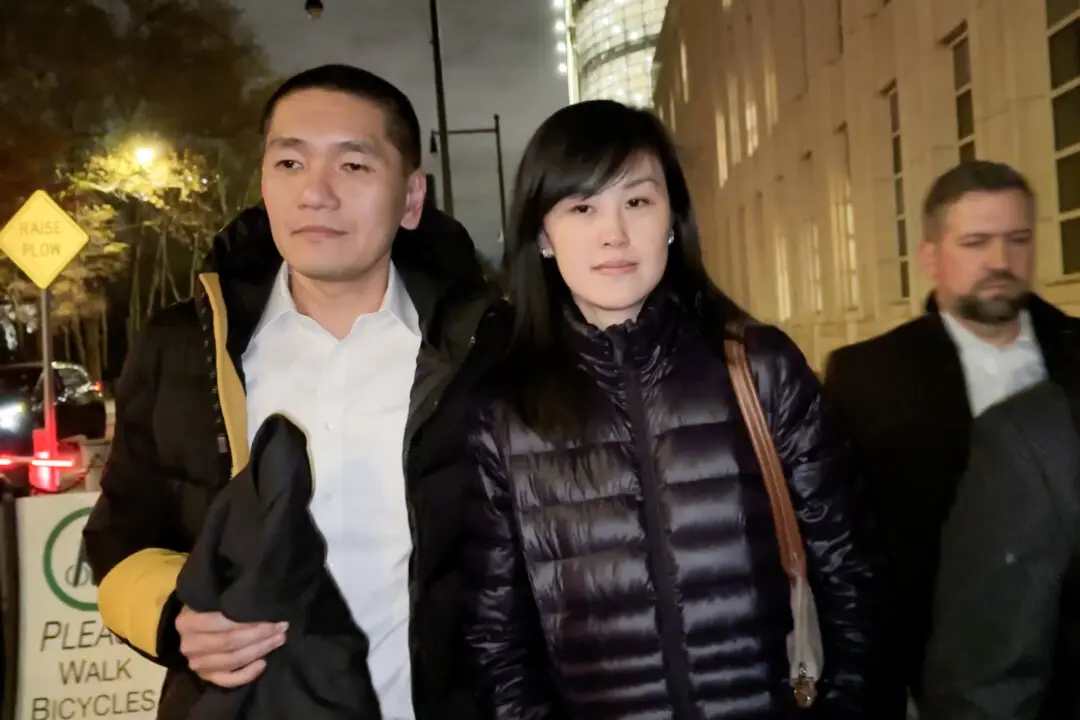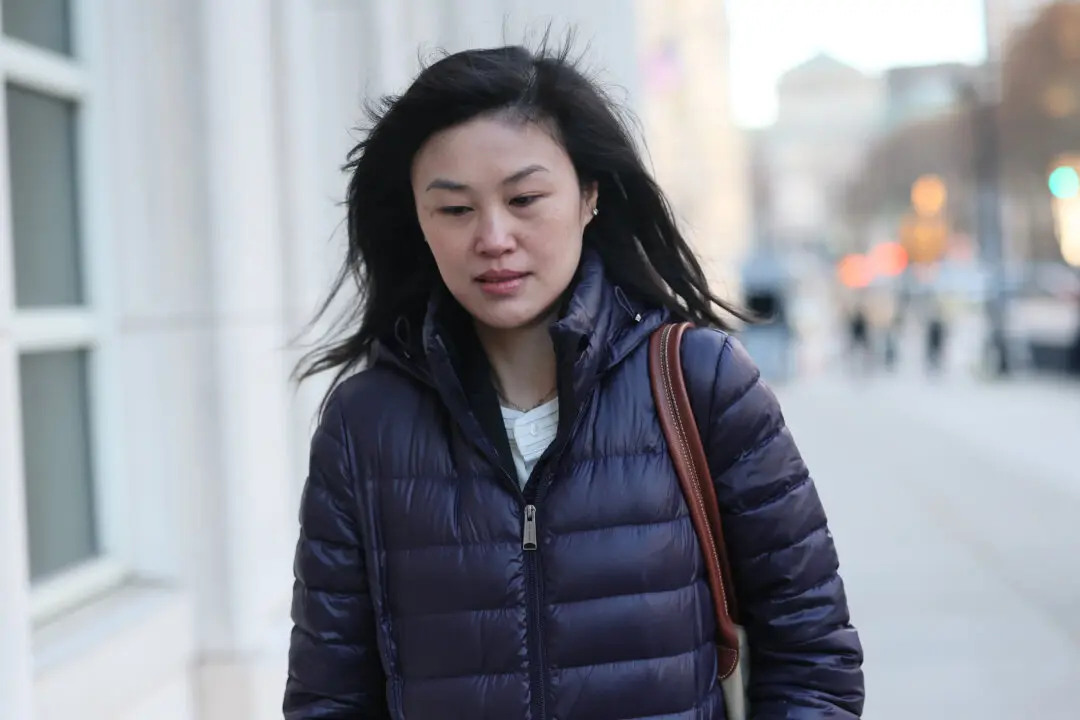NEW YORK—High-school students in the city are taking the SAT and AP tests at record high numbers, Mayor Michael Bloomberg announced Tuesday.
The number of high school seniors taking the SAT exam has increased by 53 percent since 2002. During the same period, the number of students passing the Advanced Placement (AP) exam has more than doubled as well.
“A bigger pool should, you’d think, mean lower scores, but it didn’t,” Bloomberg said at the Bedford Academy in Brooklyn Tuesday.
Since 2012, average SAT scores for seniors in New York City increased by eight points, out of 2,400 points in total. Meanwhile, the national SAT score average fell by three points, according to data from the College Board.
All ethnic groups saw gains in SAT scores. Over the last year, black student scores increased by seven points and Hispanic student scores increased by 14 points. In 2013, 8.2 percent more black students passed at least one AP exam than in 2012. For Hispanics, even more took and passed an AP exam with 451 more students passing one exam this year compared to last.
Bloomberg credited the rise in participation and scores to getting more students to take the PSAT, a practice exam for the SAT.
In 2007, Schools Chancellor Dennis Walcott worked to get the PSAT exam fee waived for sophomores and juniors and had students take the test during school hours. In 2006, 36,000 public school students took the PSAT. In 2007, 114,000 students took the test.
Bloomberg said taking the PSAT “gets students thinking about college, and also gets colleges thinking about them.” The PSAT doubles as a qualifying test for National Merit Scholarship Awards.
Walcott credited the gains in scores and participation to smaller public schools. As failing schools are closed, “new small schools, especially our high schools, are outpacing the schools they replace,” Walcott said.




